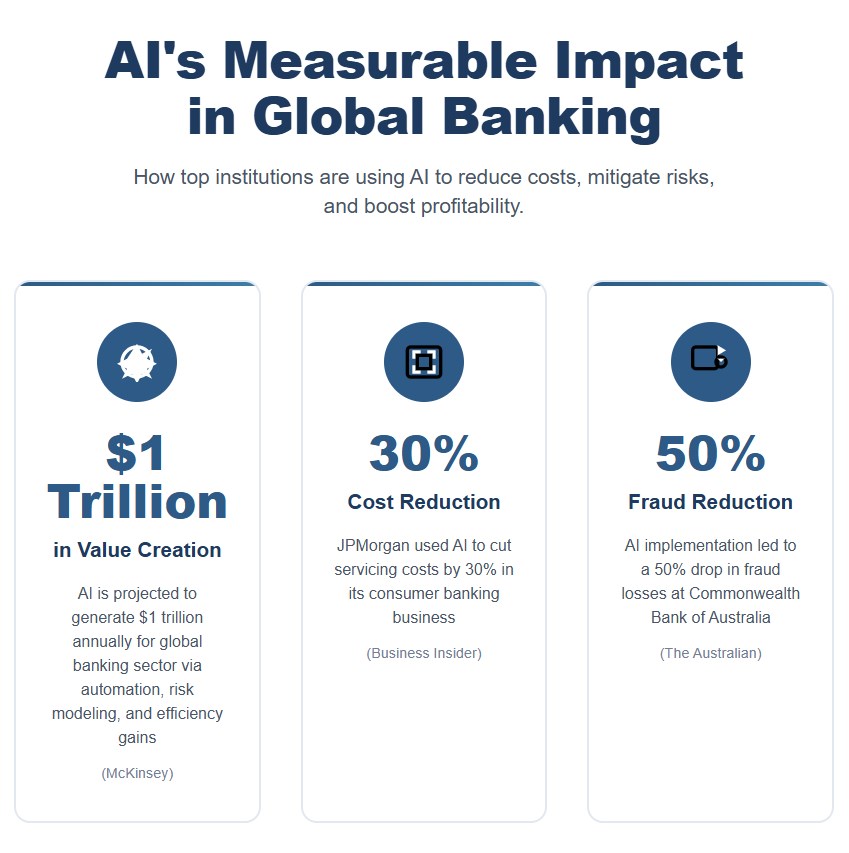Challenger models play a vital role in strengthening model governance frameworks, supporting regulatory compliance, and enhancing the accuracy of financial predictions across banking functions. Yet, traditional development approaches are time-consuming, expensive, and increasingly unsustainable in today’s fast-paced risk environment. AI-powered development—especially with agentic AI capabilities—is emerging as a game-changer, helping financial institutions accelerate, scale, and improve the quality of their challenger models while meeting stringent regulatory standards like SR 11-7 and TRIM.
In the high-stakes world of banking, challenger models serve as a critical check on the primary models used for credit risk, pricing, and capital allocation. These secondary models are developed independently, which help validate assumptions, benchmark performance, and comply with regulatory expectations, such as the Fed’s SR 11-7 and ECB’s TRIM.
Traditionally, developing challenger models has been a labor-intensive task. Usually requires weeks or months of effort from quantitative teams. With the rise of AI-powered model development platforms, this paradigm is shifting making banks rethink how they build, validate, and document challenger models.
Here’s a breakdown of how AI is transforming this core function—and why it might be time to leave manual challenger modeling behind.
The Manual Model Development Bottleneck
Manual development of challenger models usually follows a rigid, sequential process—beginning with the manual gathering and preprocessing of data from disparate sources, followed by handcrafted feature engineering based on analyst expertise. This is often limited to familiar modeling techniques, requires intensive back-testing and validation by separate teams, and ends with manually compiled documentation for audit and regulatory review.
Each of these steps consumes decent amount of time and specialized talent. Even modest model enhancements can take weeks to deploy. And with the complexity of AI/ML models growing, traditional validation methods struggle to keep up—further slowing innovation and operational efficiency.
The Rise of AI-Powered Challenger Model Development
AI and AutoML platforms are transforming challenger model development by automating nearly every stage of the process. This is helping in drastically reducing time-to-value and improving performance.
For instance, data processing—one of the major bottleneck—is now powered by intelligent agents that are capable of ingesting, cleaning, and harmonizing vast datasets from both structured and unstructured internal and external sources. This shift significantly reduces manual effort and minimizes data quality risks.
Similarly, feature selection, traditionally driven by analyst intuition, is now enhanced by platforms that apply statistical, machine learning, and domain-aware techniques. These systems accelerate the identification of relevant variables and reveal complex, non-linear relationships often missed in manual workflows.
Model training has also become significantly more scalable. Rather than relying on a narrow set of familiar techniques, AI-powered systems can evaluate thousands of algorithms and hyperparameter configurations in parallel. This potentially saves weeks of modeling work into hours and improves model performance. Built-in automation enables robust stress testing, sensitivity analysis, fairness checks, and benchmarking—aligned with regulatory mandates, such as SR 11-7 and internal model governance policies.
Most importantly, the documentation. A historically tedious and error-prone step, documentation can now be automatically generated. Modern AI platforms produce audit-ready reports with full traceability of inputs, assumptions, and modeling decisions—streamlining regulatory reviews and internal sign-offs.
For institutions exploring this shift, our Model Risk Management services at Anaptyss offer an AI-first approach to challenger development and validation.
Comparing Manual vs AI-Powered Development
| Dimension | Manual Approach | AI-Powered Approach |
|---|---|---|
| Time to Develop | 8–12 weeks | 3–5 days |
| People Involved | 4–6 SMEs, quants, validators | 1–2 data scientists with platform support |
| Model Quality | Dependent on limited techniques | Broad exploration of advanced algorithms |
| Compliance | Manual, error-prone documentation | Auto-generated, regulator-ready documentation |
| Adaptability | Difficult to scale across asset classes or markets | Easily scalable and repeatable across functions |
Agentic AI in Model Risk
While current AI tools automate many steps, agentic AI introduces the concept of autonomous, task-specific agents coordinating model development with minimal human intervention. Recent Nasscom thought piece on agentic AI in MRM highlight how these technologies streamline Model Risk Management in banking.
- A data agent prepares data pipelines
- A modeling agent tests algorithms and tunes hyperparameters
- A compliance agent ensures documentation aligns with SR 11-7 standards
- A validation agent executes robustness checks and fairness assessments
Though still emerging, these systems represent a step-change toward self-directing model ecosystems that are dynamic, auditable, and aligned with enterprise MRM strategy. For a deeper dive into agentic AI in financial services, explore our recent thought leadership.
Conclusion
The gap between manual and AI-powered challenger model development is widening. While traditional approaches offer control, they lack the speed, adaptability, and scalability required in modern banking. AI-powered systems—especially those incorporating agentic frameworks—offer a path to faster innovation, more robust governance, and improved business performance.
As regulatory expectations evolve and model complexity increases, institutions that embrace AI-driven challenger modeling will be better equipped to manage risk proactively and gain a competitive edge.
Anaptyss enables banks and financial institutions to modernize their Model Risk Management (MRM) function by integrating AI-driven automation across the model lifecycle. From challenger development to validation and documentation, we help reduce manual effort, ensure compliance, and accelerate decision-making.
To explore how we can support your MRM strategy, reach out at info@anaptyss.com.




